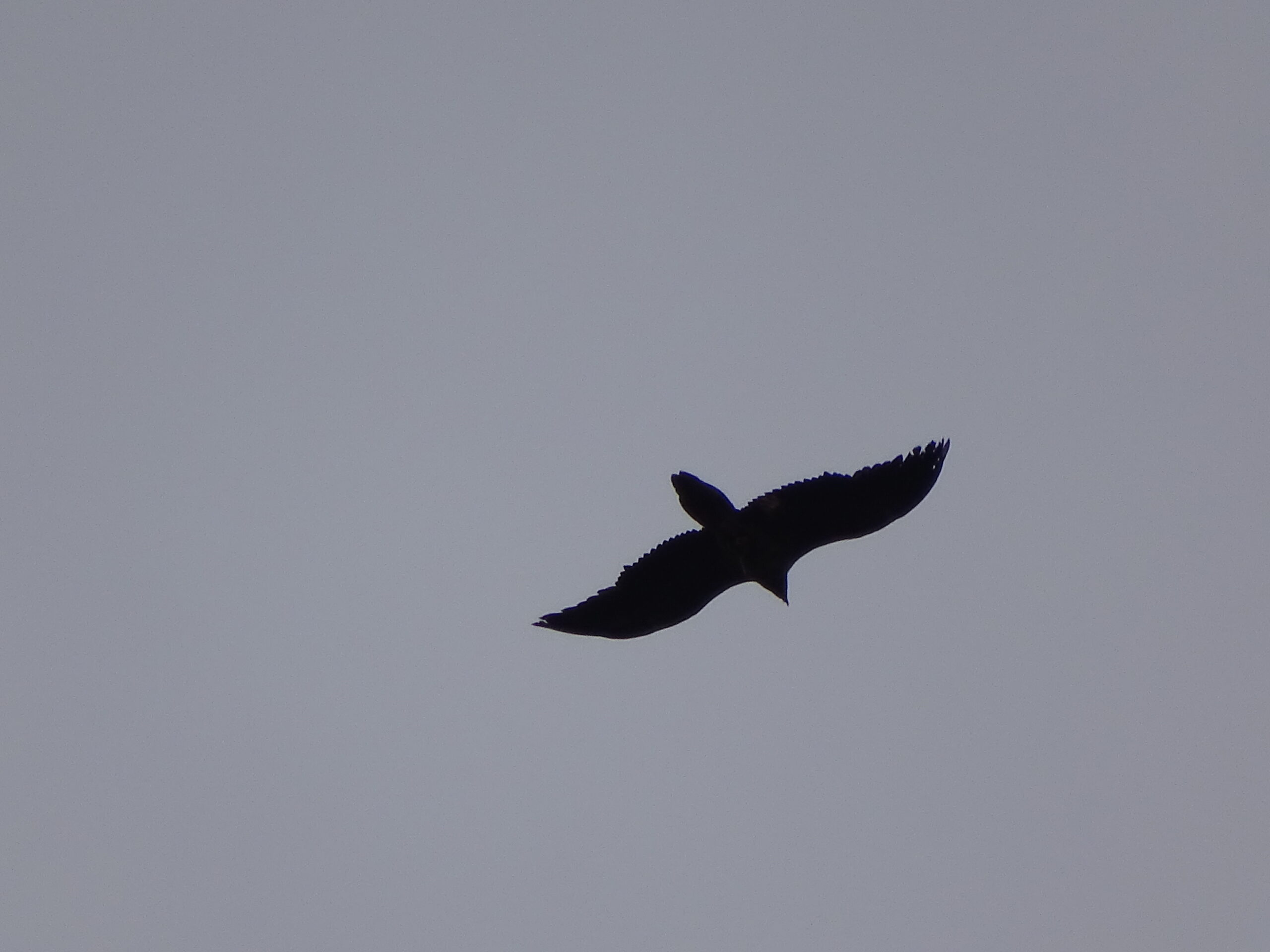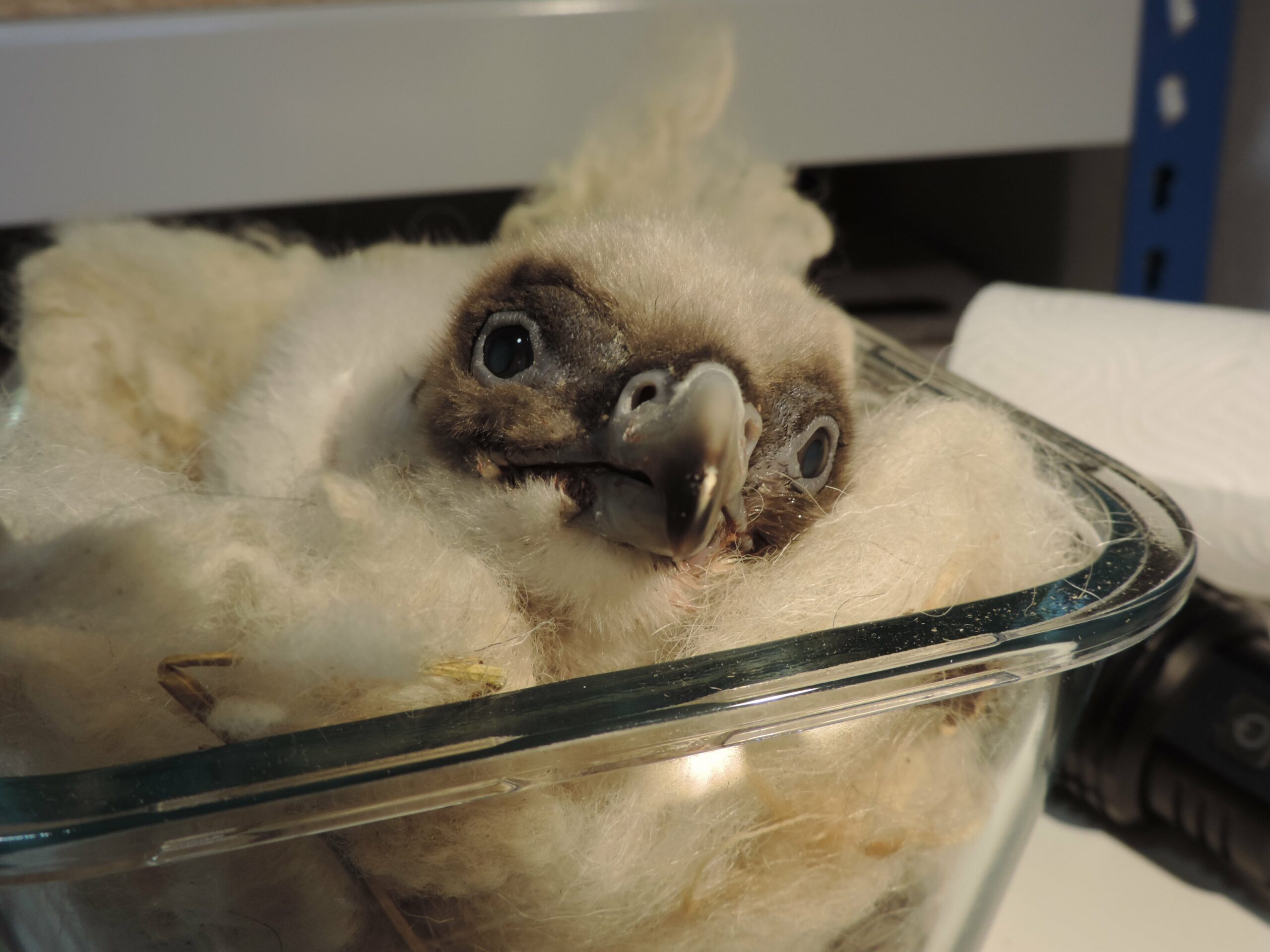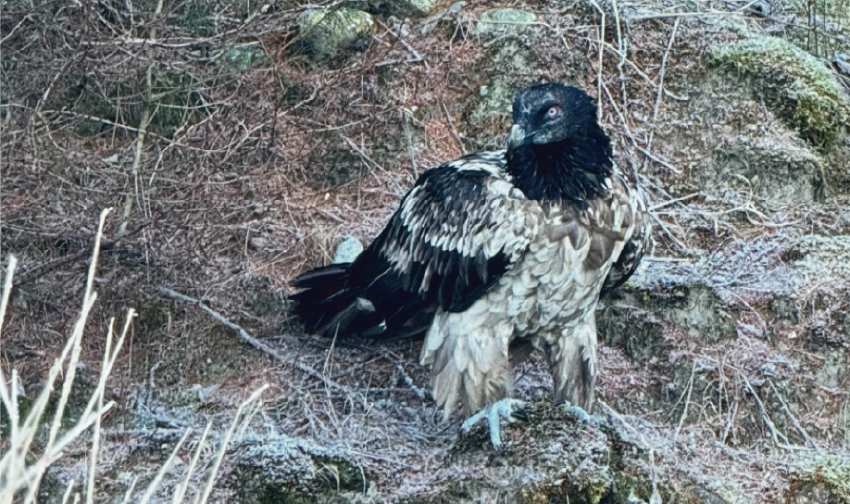There are now more than 40 bearded vulture pairs in the Alps, one hundred years after the species has gone extinct there. What many do not realise is that at the base of this most celebrated and spectacular wildlife comebacks is a dedicated network of organisations, staff, bird curators and volunteers in 40+ Zoos, animal parks and specialized breeding centers, working incessantly with a captive stock of birds to maximize captive breeding of bearded vultures for release in reintroduction projects – this network, organised in a European Endangered Species Programme (EEP), is coordinated by the VCF.
As part of its management, the VCF must organise the transport of bearded vulture nestlings to the several release sites. In the past, this was done mostly by plane, with the young bearded vultures travelling in the cabin as pet with a passenger, but this has become increasingly difficult, as many airlines are now refusing this.
Now the VCF and its partners increasingly rely on Zoos to transport the chicks – with Schönbrunn zoo (Vienna) helping us by making available an animal transport van and its driver.
Logistics were daunting: Tierpark Friedrichsfelde Zoo (Berlin, Germany), Chomutov Zoo (Czech Republic) and Green Balkans (Bulgaria) were able to get all the transfer permits (CITES and TRACES) in record time and transfer on their own their chicks to the specialized bearded vulture captive breeding center in Austria (Richard Faust Center, RFZ, headquarter of the Bearded vulture EEP), from where the van from Schönbrunn zoo and its driver Andreas Eder (birds of prey keeper) picked them up. From there they travelled, together with staff from RFZ and with six nestlings (five bearded vultures and a short-toed eagle, that had been found exhausted in Austria and was to be released in Andalusia) to France and Spain, ready to deliver bearded vultures in the different reintroduction projects.
From Austria, they deposited one bearded vulture in the Grands Causses for the release there – the fourth bird released there this year, within the LIFE GYPCONNECT project, taking the other 4 to Andalusia to be released, one of which – “Heli”, that had been sponsored by VierPfoten, had to be released immediately (see photos) to make sure it would interact socially with another bird that had been deposited in the hacking cave a few days before. On the way back they brought from Spain a young bearded vulture that is to be kept in captivity in the RFZ. All in all, they did more than 6000km in only one week.
The VCF would like to thank all these zoos for their heroic effort and particularly Tiergarten Schönbrunn (Zoo Vienna) for their great support. All together for Vultures!
Photos: B. Feldmann, A. Eder, RFZ, Fundación Gypaetus



